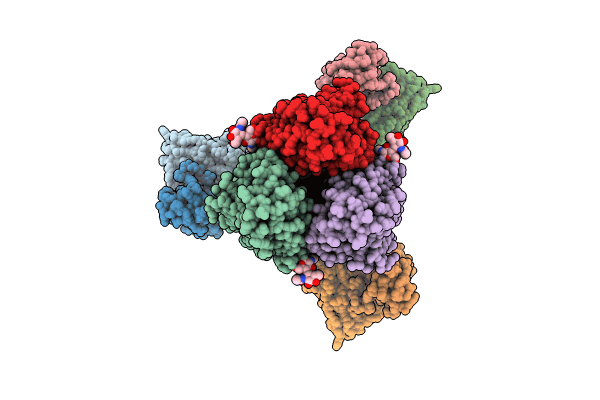
Deposition Date
2024-05-16
Release Date
2024-11-27
Last Version Date
2025-01-22
Entry Detail
PDB ID:
9BU6
Keywords:
Title:
Vaccine elicited Fab C968.180 with influenza H10 JD13 HA trimer
Biological Source:
Source Organism:
Homo sapiens (Taxon ID: 9606)
Influenza A virus (Taxon ID: 11320)
Influenza A virus (Taxon ID: 11320)
Host Organism:
Method Details:
Experimental Method:
Resolution:
3.65 Å
Aggregation State:
PARTICLE
Reconstruction Method:
SINGLE PARTICLE


